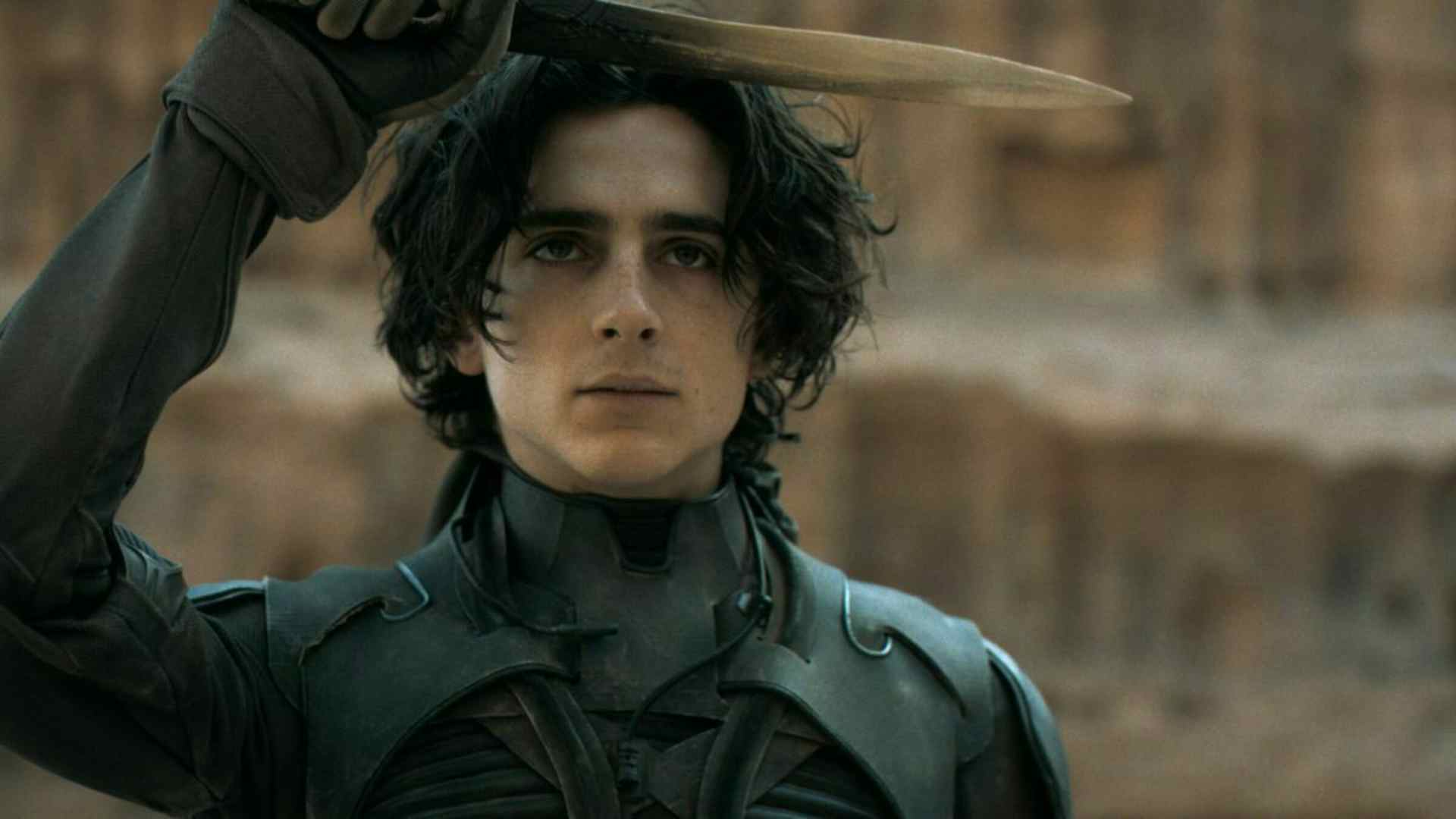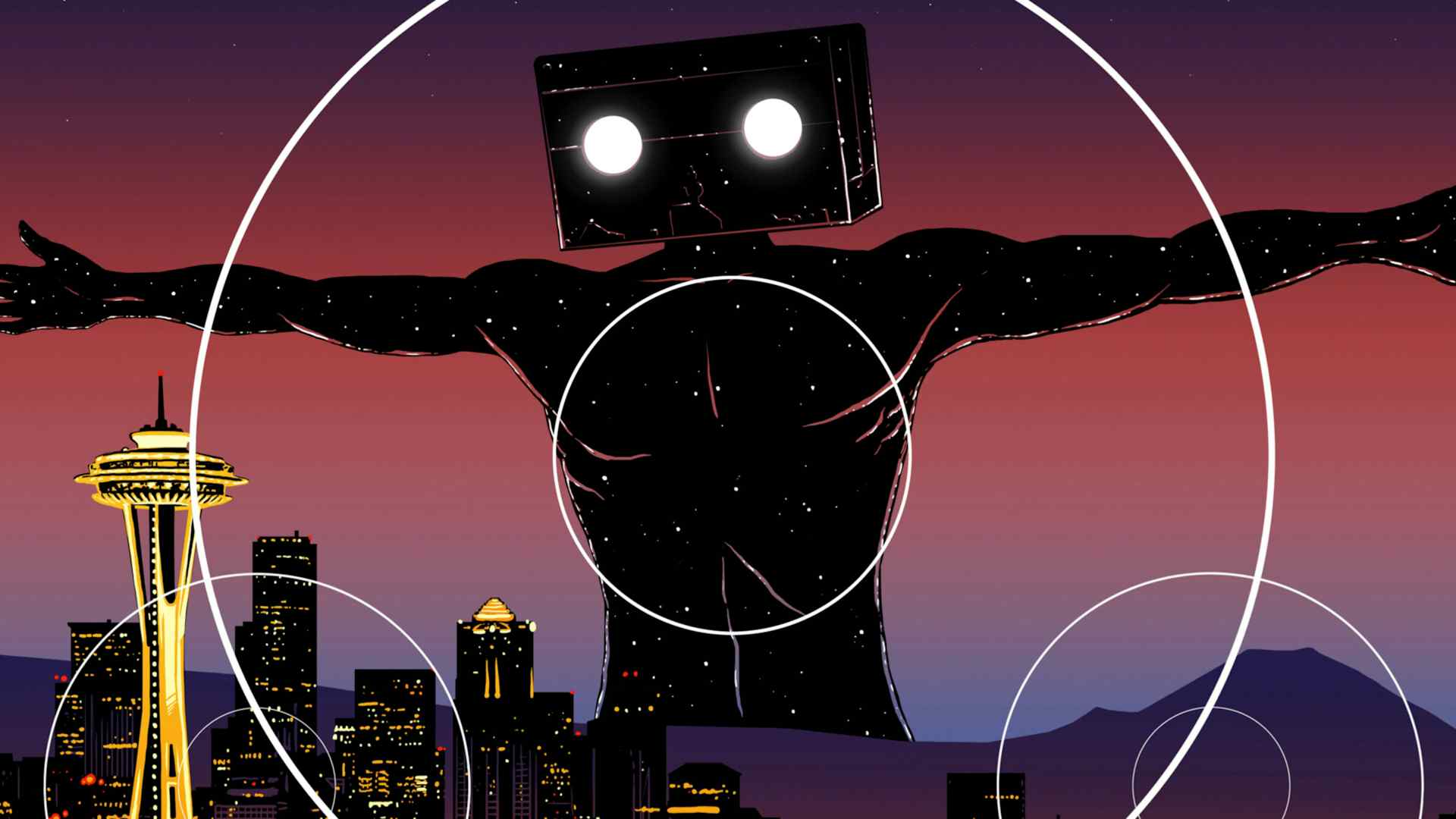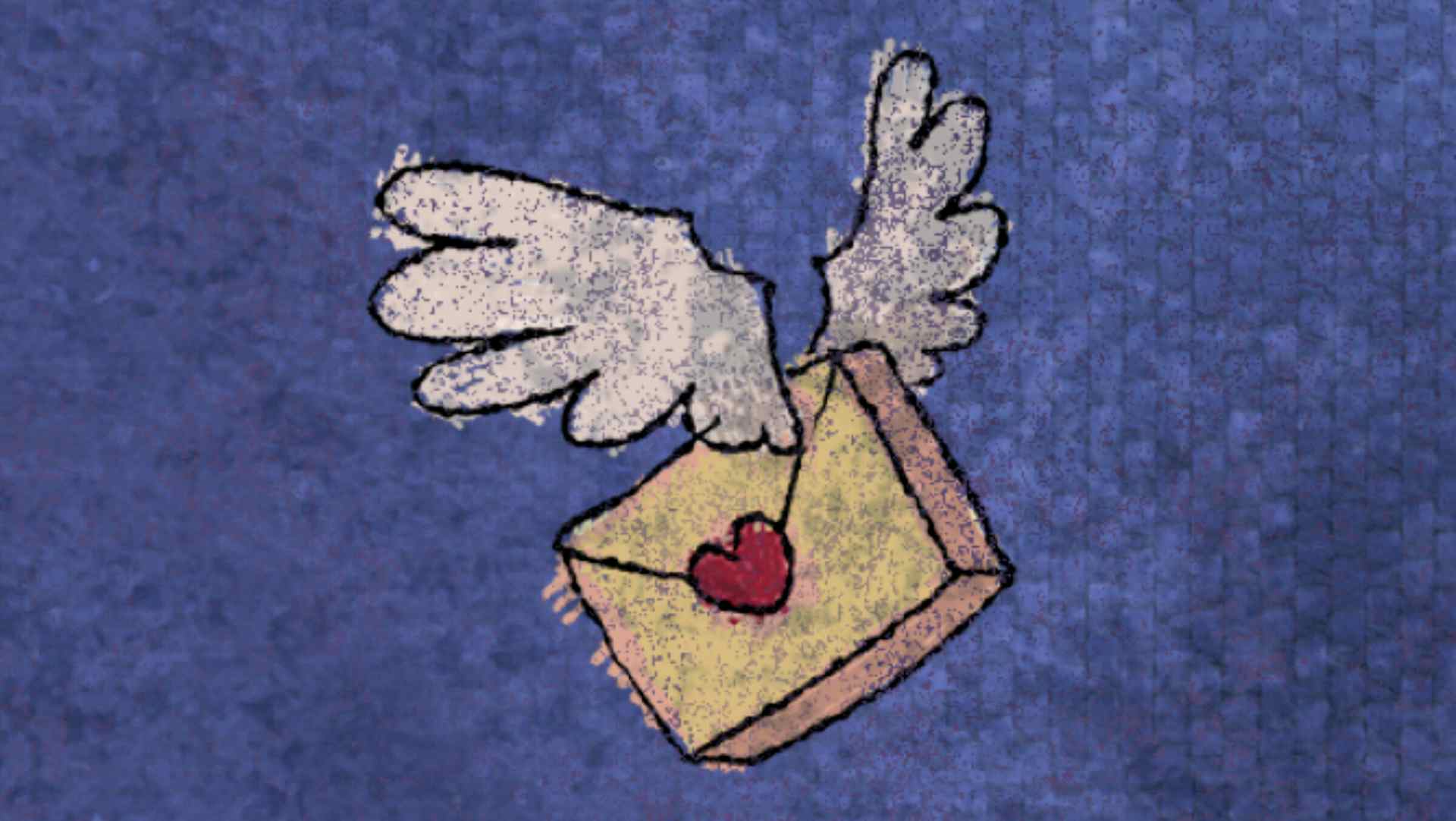Robert Horton is a Scarecrow board member and a longtime film critic. This series of "critic's notes" is chance to highlight worthy films playing locally and connect them to the riches of Scarecrow's collection.

How do you get off a sandworm? It is all very well to show a person "steering" a giant sandworm and riding it daredevil-style through the deserts of Arrakis. The act of worm-riding is a bravura gesture in a couple of big sequences in Dune: Part Two, where they operate like much of the rest of this adaptation of Frank Herbert's novel: They conjure thrilling visual spectacle, even if one is not entirely sure how everything on screen actually works, or why. (I don't remember if getting off a sandworm was explained in Dune: Part One, but I just Googled it and the Frank Herbert books give an explanation of how a sandworm ride ends—still, it was something I worried about. And since I wrote this, somebody put the question to Denis Villeneuve, who was coy about it.)
The first part of Villeneuve's sci-fi opus set the table without generating a lot of excitement on its own: a movie clearly made by intelligent people, but demanding a great deal of patience. Part Two is not merely an improvement but almost a different film. Villeneuve's imagination is unleashed here in a way that frequently thrills, even if the actual storytelling is sometimes dutiful; it's more Jodorowsky than Lucas. From the opening moments—a tense sequence in which Paul Atreides (Timothée Chalamet) and his Fremen pals are pinned down on the slanting orange sands—Villeneuve finds new ways of seeing a potentially monotonous landscape. Villeneuve's eye is especially tuned to finding the epic quality in every scene, the precise way that a person might take the high ground as a vast backdrop stretches behind him. And that epic quality need not rely on hugeness; it can be a glance across a crowd of people. Rebecca Ferguson (as Paul's canny, mysterious mother) has a sustained camera stare-down that is the best such thing since Stanley Kubrick died.
Villeneuve is a sober filmmaker, which is probably one reason I have somewhat resisted his undeniable talent. There are some funny moments in Part Two, notably the Monty Pythonesque business of how each time Paul denies being a Messiah, it only further convinces Fremen leader Stilgar (Javier Bardem) of the kid's divinity. Villeneuve's heart and mind are in the right place, and Part Two conveys a sure sense for the dangers of hero-worship and of ends justifying means. The visual language of Chalamet's gawky leader, dwarfed by the landscape and somehow cribbed in his body, like a Richard III in the making, is great shorthand for how the movie distances itself from our nominal hero. Most of the film's moral weight is loaded onto the narrow shoulders of Paul's companion Chani (Zendaya), a character not quite filled out enough to seal the deal.
The genuine epic quality is also baked into the rhythm of this beguilingly paced 176-minute movie; the action feels unhurried at least until the final half-hour, which does get a little rushed while cramming the climaxes. This includes the confidence with which Part Two heaves its narrative over onto a parallel track for a looong passage involving the grotesque villain Baron Harkonnen (Stellan Skarsgård) and his hairless, psychotic nephew (Austin Butler, unveiling an amusing Stellan Skarsgård impersonation). This section eventually leads us back to Arrakis, where things will be wrapped up—and yet not wrapped up, as loose ends and new faces point us to an inevitable next chapter.
Does it really all work? Probably not. But at least Part Two serves up cinema in its basic elements—not so much storytelling as delirious mood-making. This film would not be out of place as a head-trip picture from 1971, and that is a compliment.
March 1, 2024


